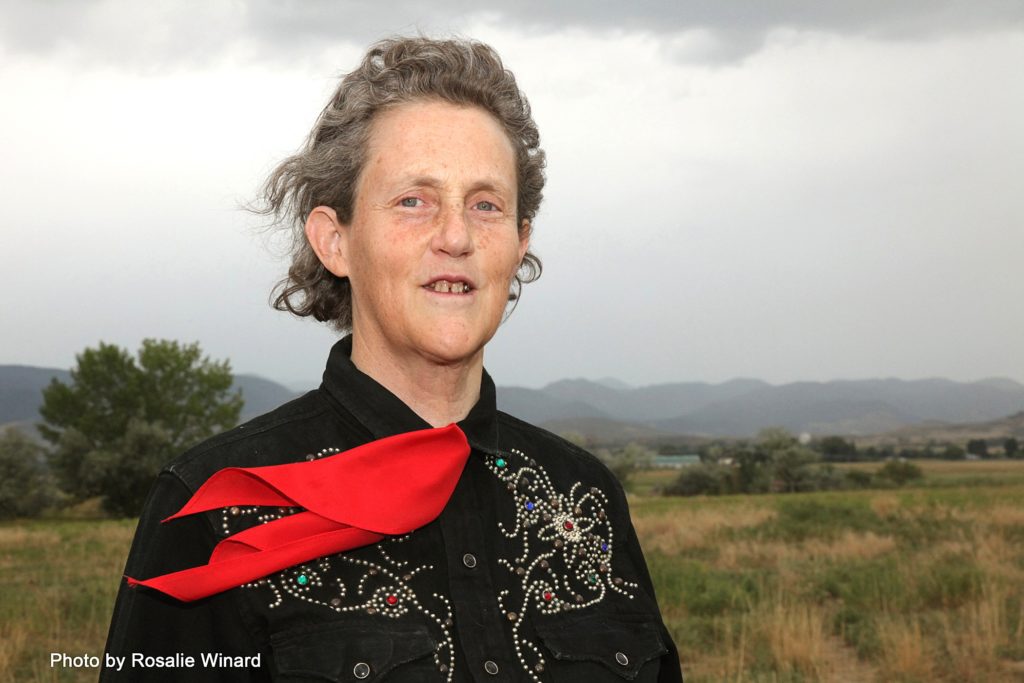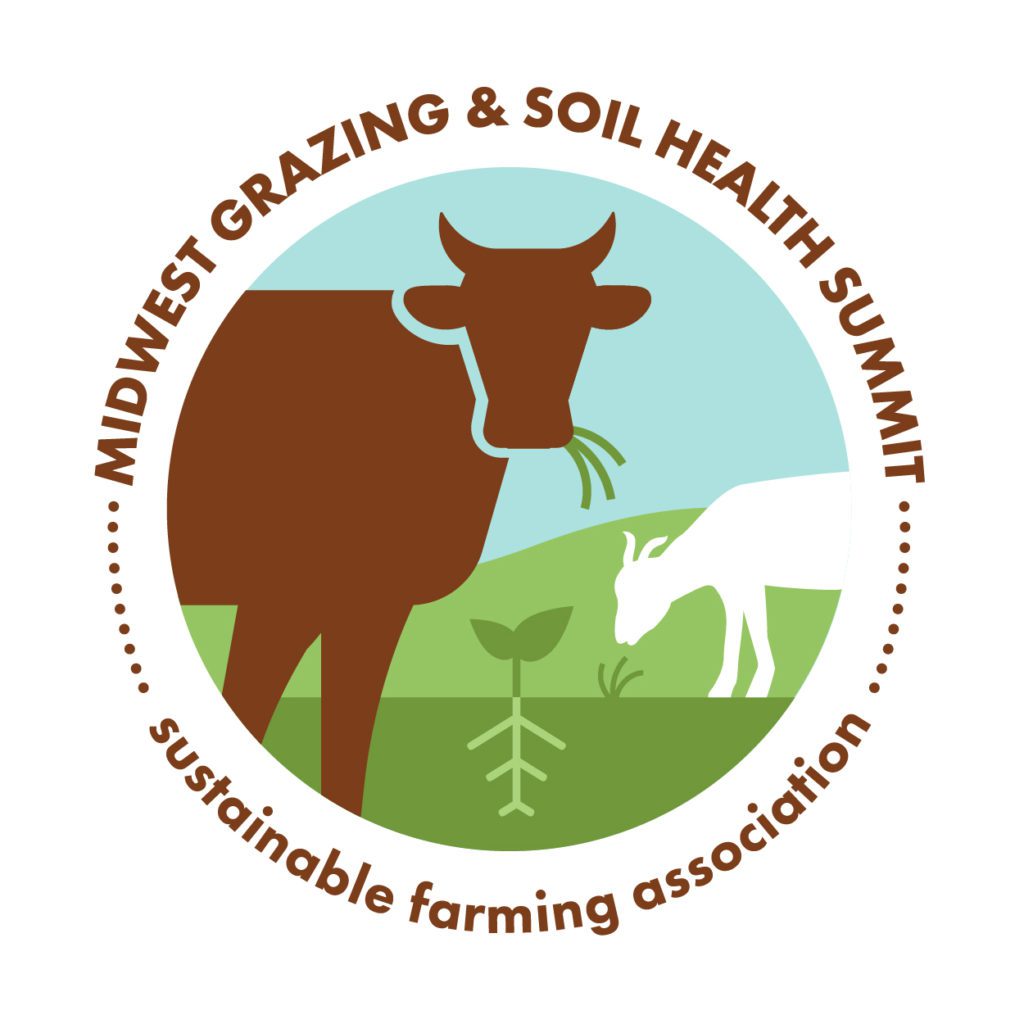Blog
FEATURE ARTICLE:
…and we are simply over the moon about it. Dr. Grandin’s trailblazing work in the beef cattle industry is world-renowned and part and parcel of today’s agriculture. Throughout her career, Dr. Grandin has studied livestock behavior to develop facility designs, handling equipment, and standards that prioritize animal welfare which are utilized by meat processing plants and food companies across the industry.

Dr. Grandin is a Distinguished Professor of Animal Science at Colorado State University, where she has taught and conducted research for over thirty years. Having dedicated her life as a scientist and author to improving livestock handling practices and advancing animal welfare, her myriad of achievements and awards are too numerous to list in full here. They include:
- Lifetime Achievement Award from the National Cattlemen’s Beef Association
- Named a “hero” in the TIME 100 2010issue of 100 most influential people
- Meritorious Achievement Award from the Livestock Conservation Institute
- Induction into the American Academy of Arts and Sciences, National Women’s Hall of Fame, and Cowgirl Hall of Fame
In addition to her industry accolades, Dr. Grandin is a prominent figure in the autism community. She is the author of several books on visual thinking and her lived experience with autism — experiences which guided her research and informed her designs. Her life story was the subject of the 2010 HBO biopic Temple Grandin, which starred Claire Danes and won several Emmy awards, including a Primetime Emmy for Outstanding Television Movie, a Golden Globe, and Peabody Award.
Dr. Grandin and other speakers including Jared Luhman and Jason Cavadini, will lead the Midwest Grazing & Soil Health Summit on March 3 & 4, 2026 at the Willmar Conference Center (Minnesota). Registration will open mid-November, and will once again feature our popular Early Bird discount for SFA members. Stay tuned for additional announcements about the Summit schedule, speaker lineup and special features.
NEWS ARCHIVE:
Who are SFA members? Meet Tom Barthel.
Who are SFA members? We call ourselves the “farmer-to-farmer network,” but our ecosystem is far wider. We attract and partner with people and organizations interested…
Join SFA during our Fall New Member Drive!
For more than 30 years the Sustainable Farming Association has brought together Minnesotans interested in improving soil health, growing healthy food, and revitalizing rural communities. Our…
Announcing SFA’s new mission and strategic plan: Sharpening the focus of our work to serve you better.
By Lucinda Winter, Executive Director After many months of work by our staff, consultants, board directors and all of you who completed our first-ever survey,…

